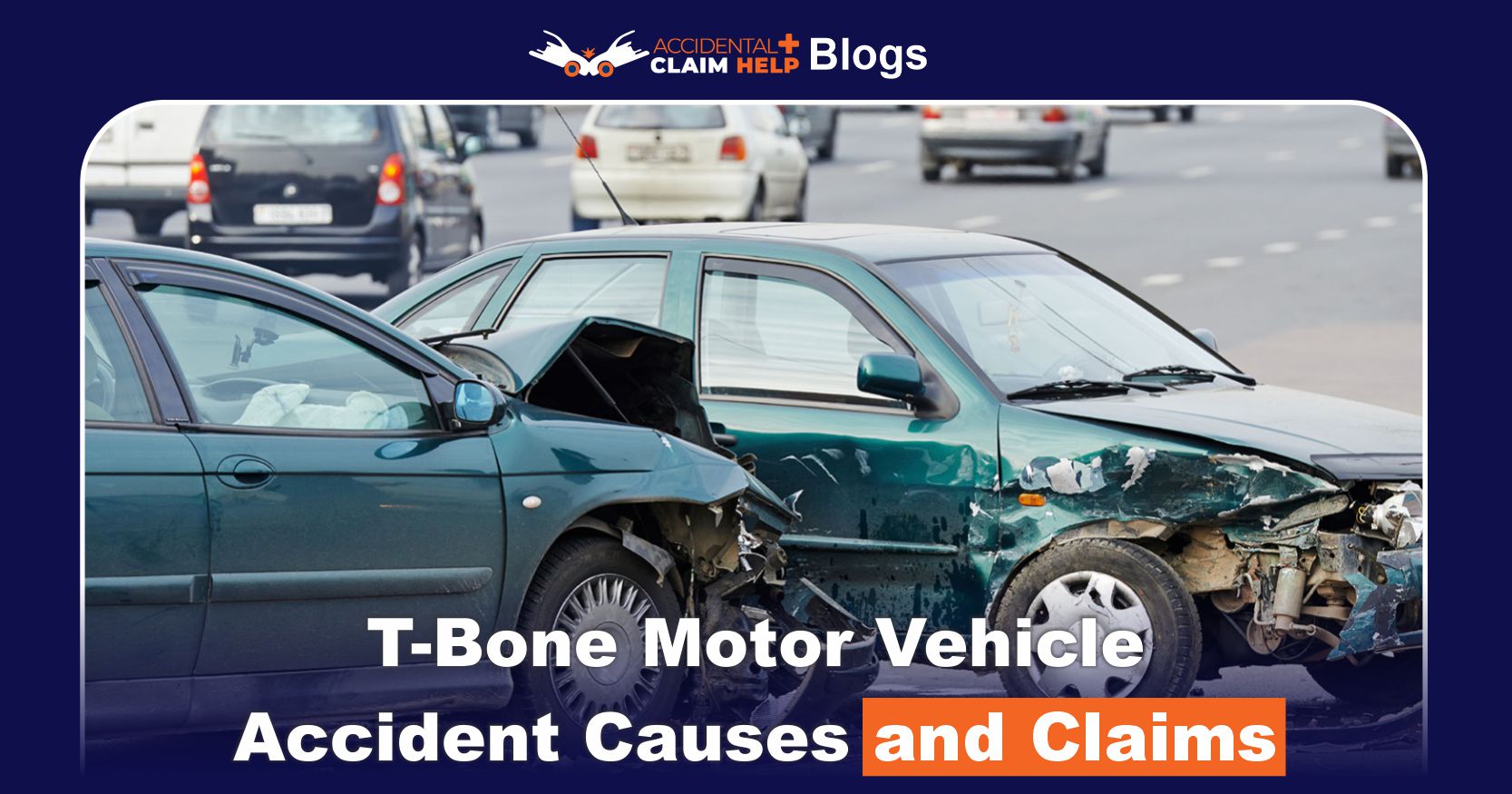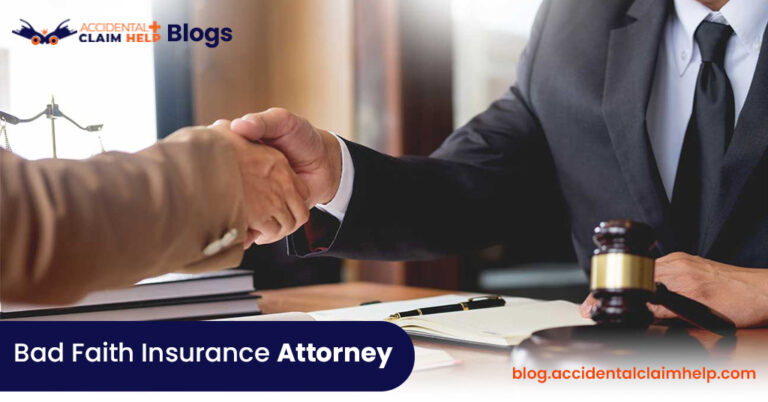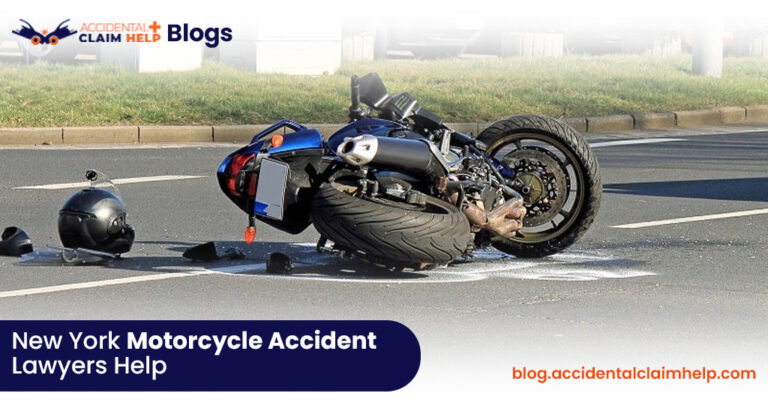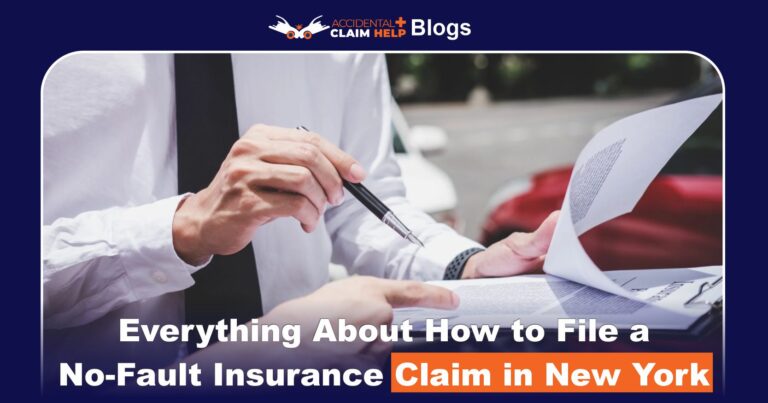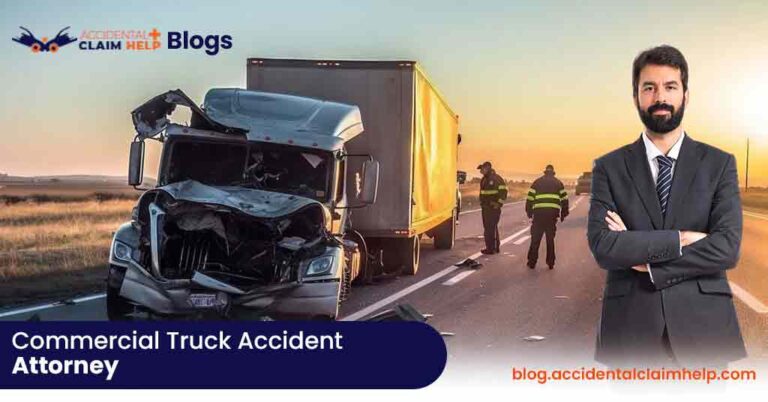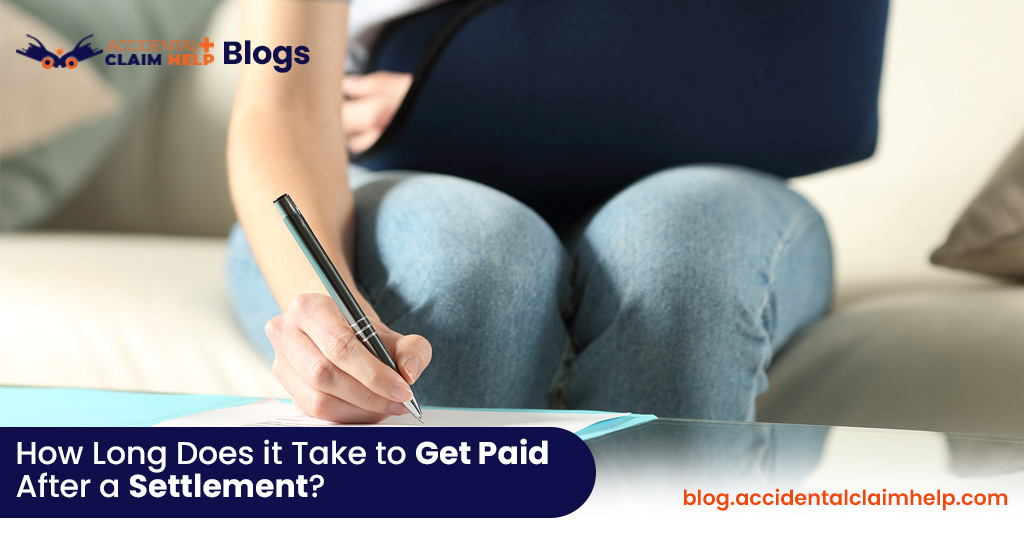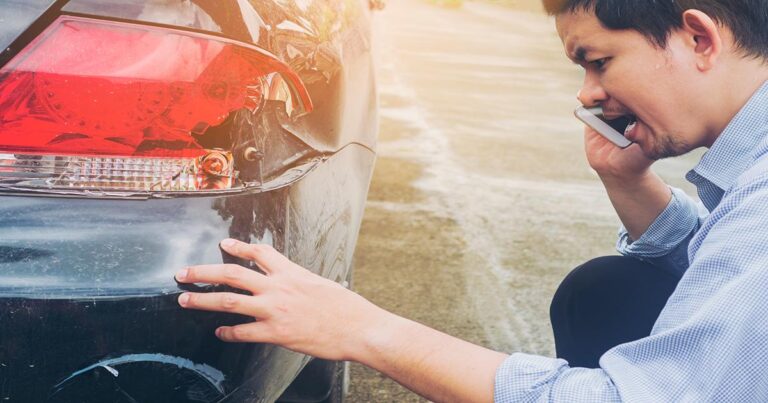T-Bone Motor Vehicle Accident Causes and Claims
A T-bone motor vehicle accident (also called a broadside or side-impact collision) happens when the front of one vehicle strikes the side of another, forming a “T” shape. These crashes often occur at intersections or in parking lots and can be especially dangerous, since the sides of vehicles have less crush space than the front or rear. Injuries in side-impact collisions are often severe because there is very little protection on the struck side of the car. Understanding how T-bones happen and how fault and insurance work is crucial for victims seeking compensation.
Common Causes of T-Bone Accidents
T-bone accidents usually involve a violation of traffic rules or driver error. Failure to yield or traffic-signal violations is the most common cause: one driver misjudges a left turn or simply runs a red light or stop sign, crashing into a vehicle with the right-of-way. Distracted driving is another major factor – drivers texting, using a phone, or otherwise looking away can easily miss a cross-traffic signal and collide broadside.
Other frequent causes include speeding or aggressive driving, which reduce the ability to stop in time, and impaired or fatigued driving, where alcohol, drugs or drowsiness slow reaction time and judgment. (For example, a late-night drowsy driver may drift through a green light, causing a side-impact collision.) Even poor visibility or bad weather can contribute if a driver fails to see cross traffic or stops in time. In short, any traffic error – running lights, failing to yield at intersections, or not paying attention – can lead to a T-bone crash.

Typical Injuries from Side-Impact Collisions
Because occupants on the struck side have minimal protection, injuries in T-bone crashes tend to be very serious. Common injuries include:
- Neck and spine injuries: The sudden lateral jolt often causes whiplash (neck sprain/strain), as well as herniated discs or more serious spinal cord trauma. Victims may suffer pinched nerves, fractures of the vertebrae, or even paralysis from spinal injury.
- Head and brain trauma: With little buffer zone, heads can hit windows, doors or penetrating objects. Injuries range from concussions and contusions to more severe traumatic brain injury, skull fractures, bleeding and permanent cognitive damage.
- Broken bones and chest injuries: The impact often breaks ribs, arms, legs or the pelvis. Rib fractures can puncture lungs or cause internal bleeding. Chest trauma and lung injuries are also common in high-speed side crashes.
- Internal injuries: Organs such as the liver, spleen or kidneys may be bruised or lacerated by the sudden force. Internal bleeding is a hidden danger that requires prompt medical attention.
- Other injuries: Side airbags and seatbelts may help, but passengers can also suffer facial injuries, dental trauma, leg or hip fractures (if legs impact the door), and extensive soft-tissue damage.
Side-impact collisions account for a disproportionate number of fatalities: studies have shown that although they represent only about 20–25% of crashes, they cause roughly 27% of passenger deaths. Having strong side-impact protection (like side airbags and reinforced doors) can reduce the risk, but even modern cars cannot eliminate all danger from a T-bone.
Related Post: Chain Accident Claim
Determining Fault in T-Bone Accidents
Fault in a T-bone crash is generally decided by which driver violated traffic laws or the right-of-way. For instance, a driver who runs a red light, ignores a stop sign, or fails to yield while making a turn will typically be held responsible. Police investigate the scene, report any citations (e.g. for running a signal), and note evidence like skid marks or vehicle positions. Insurance adjusters and courts also look at the crash details (damage location, photos, traffic camera footage, and witness statements) to establish who had right-of-way.
Under U.S. law, “the person who causes the accident is liable” for damages. This means the at-fault driver’s liability insurance pays for the other party’s injuries and losses. (In the few no-fault states, each driver initially turns to their own Personal Injury Protection insurance regardless of fault, but side-impact crashes often involve injuries serious enough to step outside no-fault limits.)
Most states follow comparative negligence rules. That means fault can be shared: each driver may be assigned a percentage of blame. For example, Texas law lets you recover damages as long as you are 50% or less at fault (your recovery is reduced by your share). In practice, even a slightly negligent victim (e.g. going a bit too fast) can still recover some compensation if the other driver is mostly to blame. However, if a driver is found to be, say, 60% at fault for an unsafe turn, they might recover nothing.
Rarely, other parties might share liability. For instance, if a vehicle’s brakes were defective, the manufacturer could be partially responsible, or if a third driver’s actions indirectly caused the chain-reaction crash, they might be liable. But in the typical intersection T-bone, fault hinges on who violated signals or failed to yield.
Insurance Coverage and Claims
After a T-bone crash, insurance plays a key role. In most cases, the at-fault driver’s liability insurance covers your losses. U.S. auto policies generally include Bodily Injury (BI) liability and Property Damage (PD) liability. BI liability pays for injuries or death you cause to others, and PD liability pays for their vehicle repairs and other property damage. So if the other driver is at fault, their insurer should cover your medical bills, lost wages, pain and suffering, and your car’s damage under those coverages.
If you were the at-fault driver (or partly at fault), your own insurance may come into play. Collision coverage (if you purchased it) will pay to repair or replace your vehicle after the crash. Medical Payments (MedPay) or Personal Injury Protection (PIP) on your policy can help pay your medical expenses (and sometimes lost wages) regardless of fault. These coverages vary by state: PIP is mandatory in no-fault states and optional elsewhere.
A crucial coverage is Uninsured/Underinsured Motorist (UM/UIM). If the at-fault driver lacks insurance or enough insurance, your UM/UIM coverage steps in to compensate you. It reimburses medical costs, and often pain and suffering, caused by an uninsured or underinsured driver. For example, if you suffer $50,000 in injuries but the other driver’s liability limit is only $25,000, your UIM insurance can help cover the shortfall.
To make a claim, injured drivers should notify their insurance company promptly after the crash and provide any evidence (doctor reports, bills). The insurers will investigate, review the police report and any fault evidence, and negotiate a settlement. It’s wise to keep detailed records of all accident-related expenses (medical visits, therapy, car repairs, even rental car costs). Punitive damages (for gross negligence) are rare in traffic crashes, but attorneys often help victims get fair settlements for long-term losses.
If a settlement offer seems too low, or fault is disputed, victims can file a personal injury lawsuit against the at-fault driver’s insurance. However, most injury cases are settled out of court after negotiations. Throughout the claims process, victims often benefit from legal advice, especially in serious cases, to ensure insurance companies fully honor the policy coverages.
Steps After a T-Bone Accident
Victims should follow these steps immediately after a T-bone collision:
- Stop and get to safety. Remain at the scene and turn on hazard lights. Call 911 if anyone is injured. The police should be notified for accidents with injury or significant damage. Even if police take time to arrive (officers sometimes don’t come if it’s minor), always report the crash to the authorities later.
- Exchange information. Collect the other driver’s name, address, phone, driver’s license number, insurance carrier and policy number. Write down their license plate and vehicle ID (VIN). Also note the same info from any passengers in the other car (they may have a claim too). If there are witnesses, get their names and contact info as well.
- Document the scene. Take photographs with your phone or camera of all vehicle damage, license plates, road conditions, traffic signs or signals, and any visible injuries. Note skid marks, street layout, and weather conditions. These photos can be valuable evidence later. Also make notes about how the crash happened while it’s fresh in your memory.
- Notify your insurance. Call your own insurer promptly, even if the other driver is at fault. Most policies require you to report accidents within a short time. Tell them the basic facts (date, location, parties involved) but avoid blaming or admitting fault. Your insurer will guide you on filing a claim and may assist in collecting damage estimates.
- Seek medical care. Even if you feel fine, get checked by a doctor as soon as possible. Many side-impact injuries (like internal bleeding, concussions, or back injuries) can worsen if untreated. Keep records of all medical treatments, prescriptions, therapy, and related expenses.
- Keep detailed records. Save copies of the police report, medical reports, repair bills, and correspondence with insurance. If you miss work, document lost wages with pay stubs or a letter from your employer. Good records support your injury claim later.
- Consult an attorney if needed. If injuries are serious, consider speaking to a personal injury lawyer. A lawyer can help determine fault, handle negotiations with insurers, and ensure you receive full compensation for medical costs, lost income, and pain/suffering. (They often work on contingency, meaning no fees unless you recover damages.)
Following these steps helps protect your rights and makes the claims process smoother. It ensures that the evidence needed to prove fault and damages is preserved early on.
Conclusion
T-bone (side-impact) crashes are some of the most dangerous types of motor vehicle accidents. They most commonly occur at intersections when a driver violates right-of-way rules – for example, by running a red light, failing to yield on a turn, or driving distracted. Injuries from these collisions are often severe, including broken bones, neck and spine injuries, head trauma, and internal damage. In the aftermath, fault is determined by traffic laws and evidence, and the at-fault driver’s insurance typically pays for the victim’s losses. Drivers should be aware of their insurance coverages (liability, personal injury protection, uninsured motorist, etc.) and should take careful steps at the scene – calling police, exchanging information, photographing everything, seeking medical care, and notifying insurers.
By understanding how T-bone accidents happen, how fault is assigned, and how insurance claims work, victims can better protect themselves and their legal rights. Safe driving practices – like obeying signals, staying alert, and not driving under influence – are crucial to preventing these serious collisions. If a T-bone crash does occur, following the steps above and seeking appropriate advice will help ensure fair compensation and recovery.

